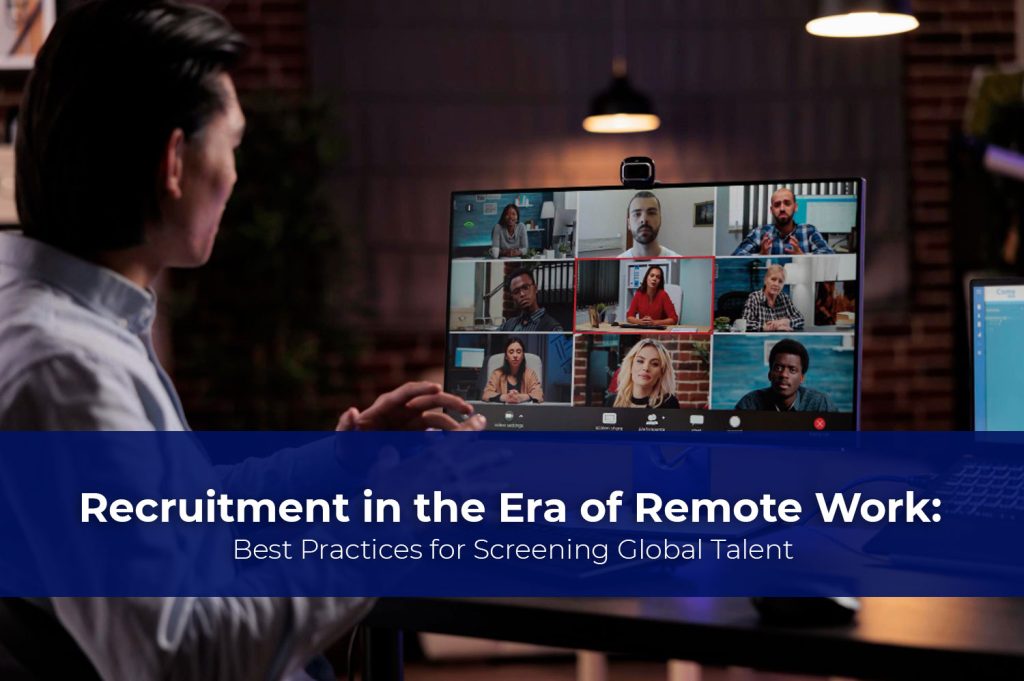Table of Contents
Toggle5 Paths to Boosting RPO Success in 2022

“The key to success is to start before you are ready.” – Marie Forleo, American entrepreneur
Recruitment process outsourcing (RPO) companies that want to succeed in 2022 need to go the extra mile when they provide their services. Not only will they have to deal with competition in their industry but also tackle the issue of talent shortages. All this needs to be handled while keeping the costs down. To attain RPO success going further into this year, firms will need to innovate. They will need to pivot their plans to work with a more hybrid model of sorts. However, issues like rising levels of inflation, the threat of another pandemic, talent scarcity are all obstacles that will have to be overcome as well.
In this blog, we will talk about a few different solutions that RPO agencies can adopt to overcome the aforementioned challenges. It should be noted that these solutions are geared towards attaining RPO success as we go into this year. Keep in mind that the facts and numbers in this article stem from a research report / webinar done by the Everest Group titled, “5 Success-driving Actions GBS Organizations Need in 2022”.
5 Paths to Attaining RPO Success in 2022
We still have a long way to go with this year. Yet, even now several issues have already begun to plague the recruitment industry. One of the major issues is talent scarcity and the struggles with upskilling. Not to mention rising competition levels which further exacerbate the issues at hand. While RPO companies are well-equipped to deal with a wide variety of situations, even they need to think outside the box. Having said that, here are a few different ways to reach RPO success.
Path #1: Pivot to a Hybrid Work Model
The hybrid work model has rapidly gained popularity over the last couple of years. For one, it is convenient, especially considering the whole situation with the ongoing pandemic. On the other hand, companies and organization leaders are still a little hesitant towards it. This is because the model itself is rather new and that leaves room for uncertainty. However, despite hesitations, the research reported that about 70% of the teams that they included in their servers were more likely to work within the hybrid model.
Global inflation has played a significant role in the rise of labour costs and operational expenses.

Path #2: Change Expectations for Cost and Profits
In the last two years, the global inflation levels have drastically changed, with 2022 being no different it would seem. Before the pandemic, the labour costs were on the rise as the overall operational costs were relatively lower. Now, both labour costs and operational expenses are rising. As a result, RPO partners won’t be able to provide their clients with the level of financial benefits that they have come to expect.
Rohitashwa Aggarwal, the Vice President of Global Sourcing at Everest Group, suggested a few key areas to focus on. This is where the upper management can control the costs somewhat. Specifically, he mentioned talent acquisition and retention. While there is a talent shortage in the job market, retention tactics act as a counter-balance to help even things out.
Another way to go about controlling cost and achieving RPO success is by being more selective of the services provided to clients. When an RPO partner gives a client a more traditional outsourcing service, it can help add value beyond the profit margin.
“Success is not final; failure is not fatal: It is the courage to continue that counts.“ – Winston S. Churchill, Former Prime Minister of the United Kingdom
Path #3: Create Value Beyond Profit
Sakshi Garg, the Vice President of Global Sourcing, at Everest Group made an interesting observation in the research. It was noted that organizations that focused on creating value above profit attained a significant level of RPO success in the form of client impact. She recommended that companies should start with the use of centers of excellence (COE).
The purpose of COEs is to bolster the client’s agenda, which can sometimes go beyond the aforementioned traditional recruitment process outsourcing services. COEs can be created by doing a few things. For one, the organization could speed up the client’s digital presence and operations, give them better talent management solutions and even upskill their existing talent.

Changing your overall talent strategy or just a core aspect of it can have amazing ripple effects on the rest of your RPO efforts.
Path #4: Renovate the Talent Strategy
Improving the company’s overall talent strategy would be a huge move, but at the same time, it brings a lot of benefits to the table. The first thing that could be done is that the leadership could look internally to evaluate where their existing talent might fit into different roles.
Another thing that could be done is to ramp up recruitment on college campuses. The key is to realize the massive potential that universities have to offer in terms of their student talent pool. Tap into that by partnering with other companies in your industry, come up with strategies that can work at the university level to leverage efficient recruitment of these recent grads into your ranks.
Path #5: Give Importance to Employee Experience
To achieve RPO success, RPO providers should seriously consider giving importance to their employees’ experience. For one, it was noted in the Everest Group’s research that the COEs that were created around employee experience significantly saw improvement in the clients’ customer experience.
So, when a recruitment process outsourcing agency does the same, it creates a good experience for their employees, which in turn boosts talent strategies. It also improves the experiences of the talent they recruit, the suppliers and even customers. Think of it as a ripple effect with the employee experience at the core of it all.





























